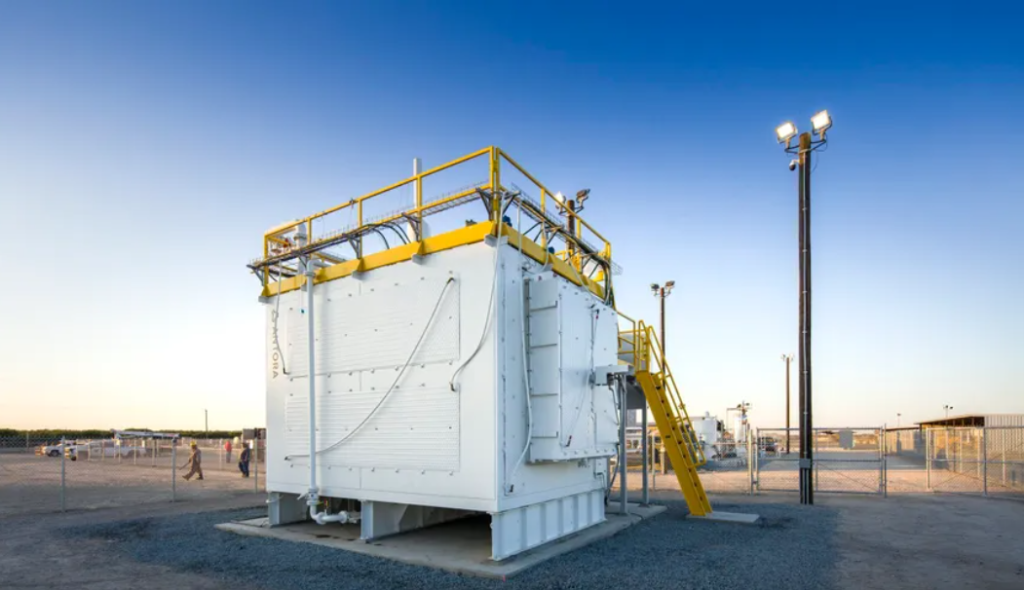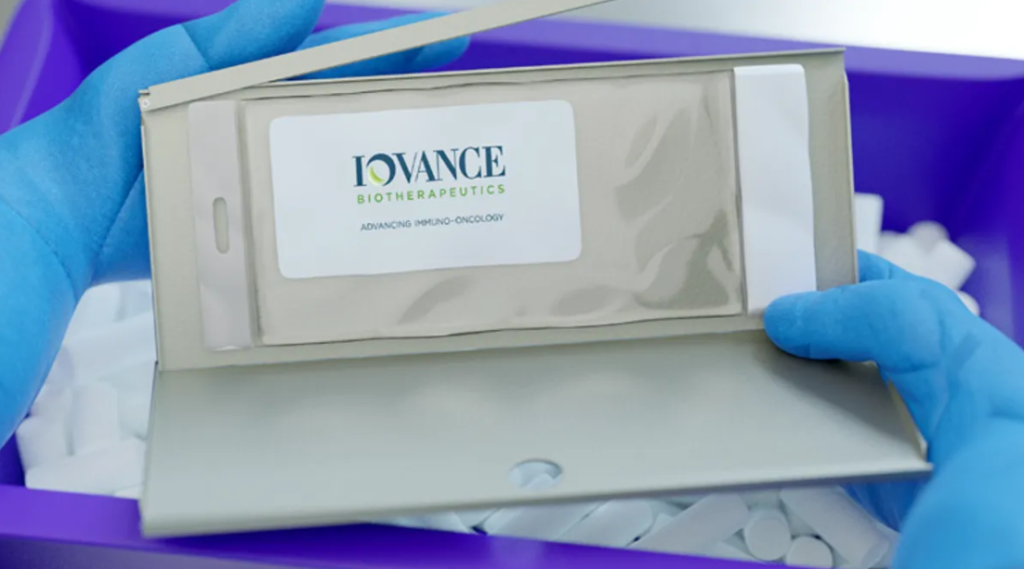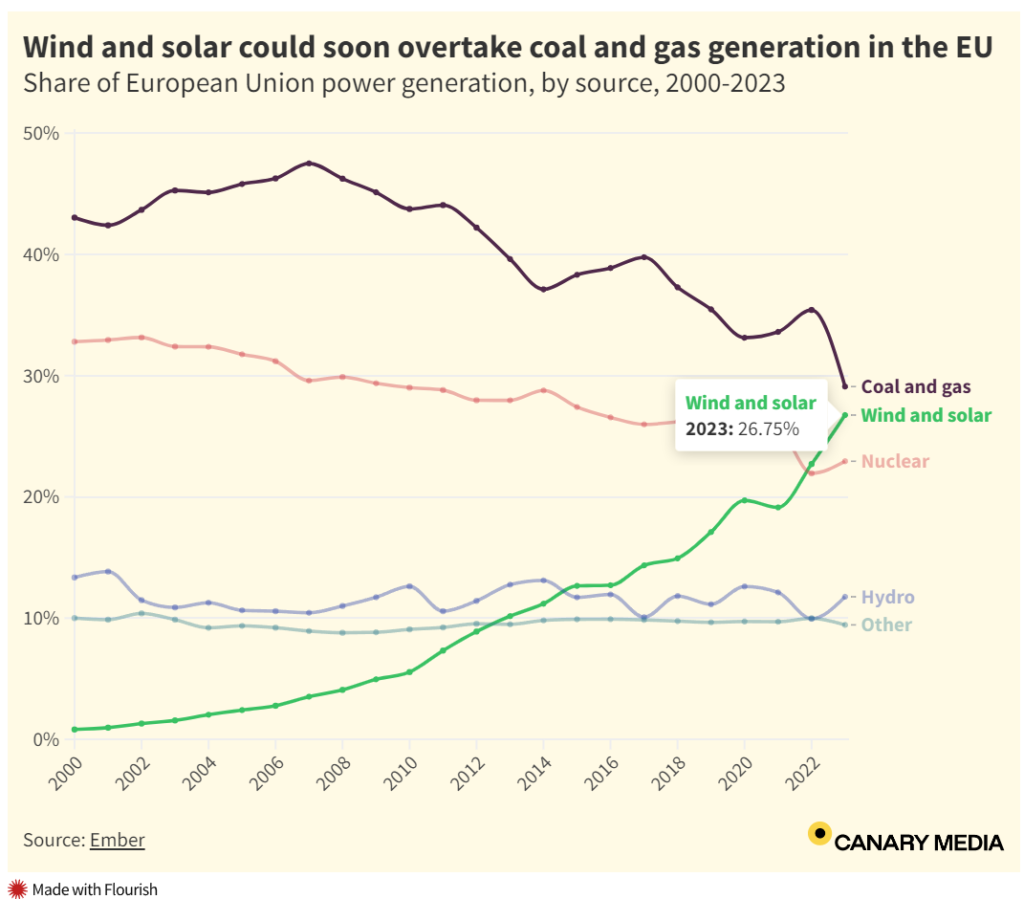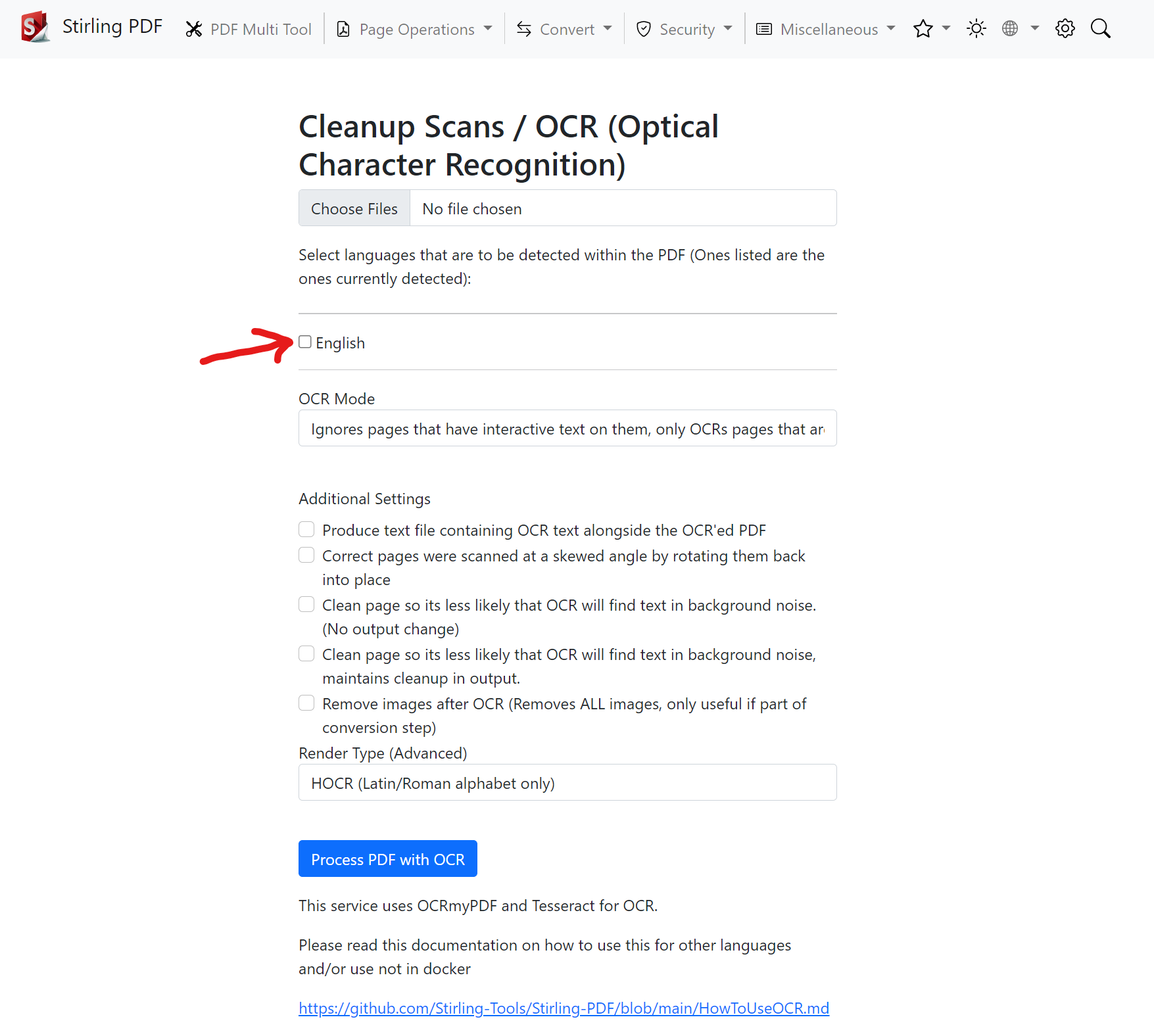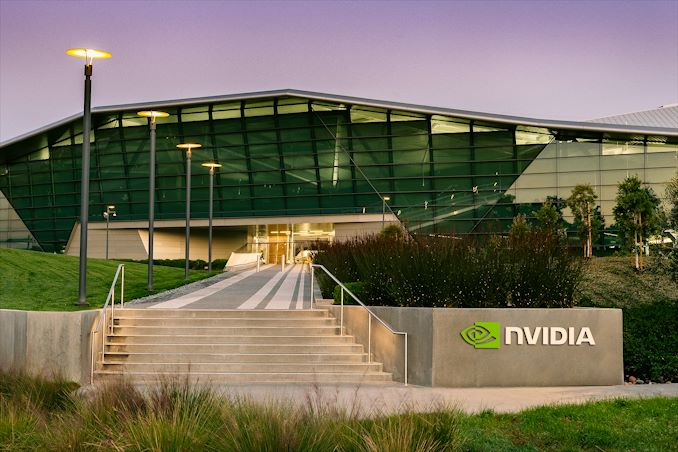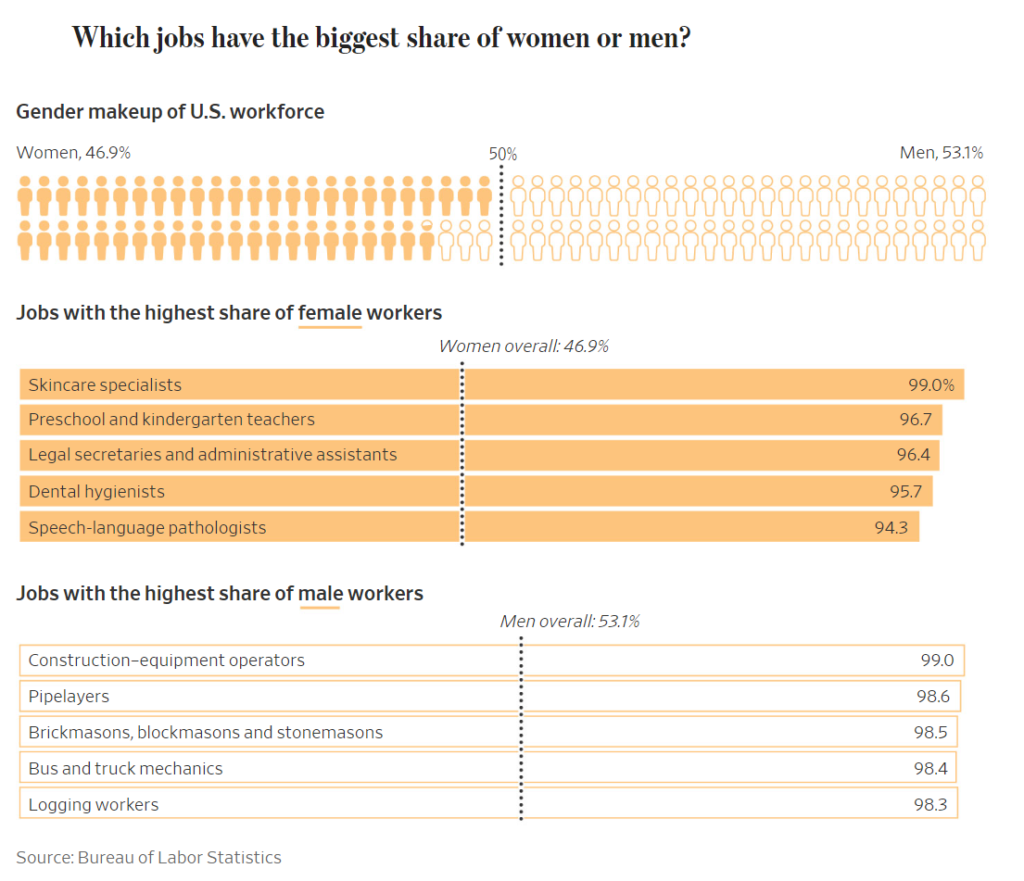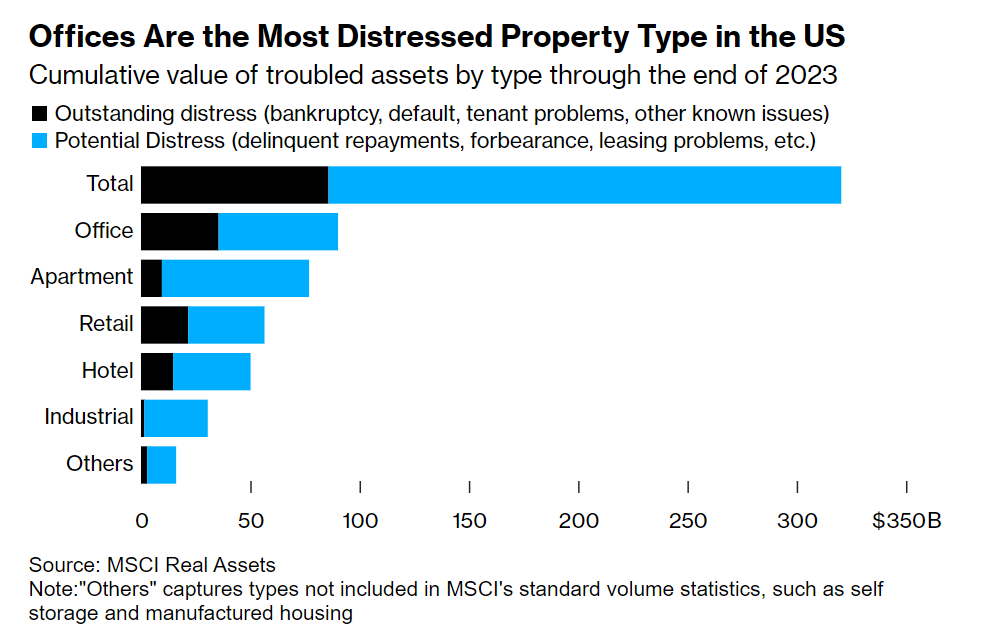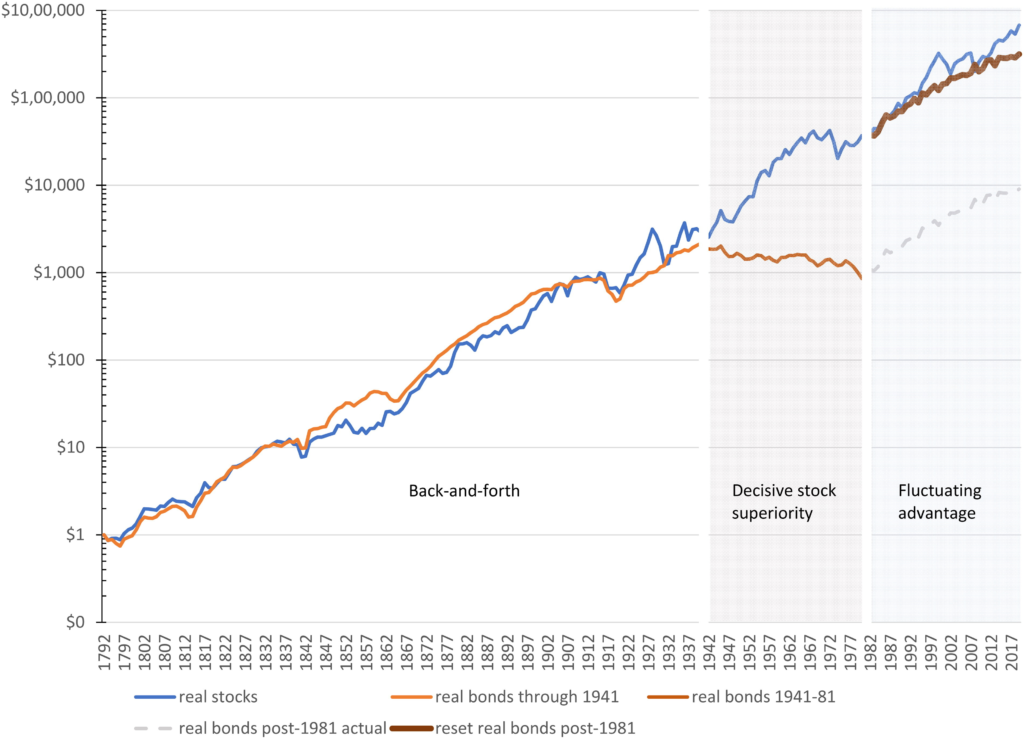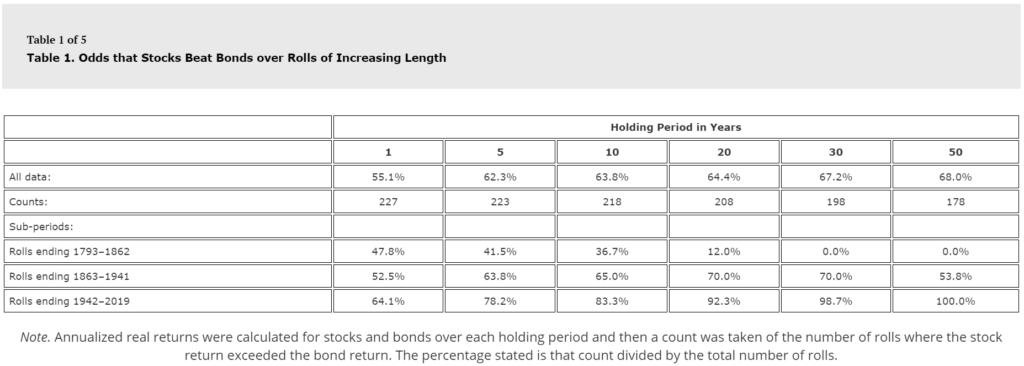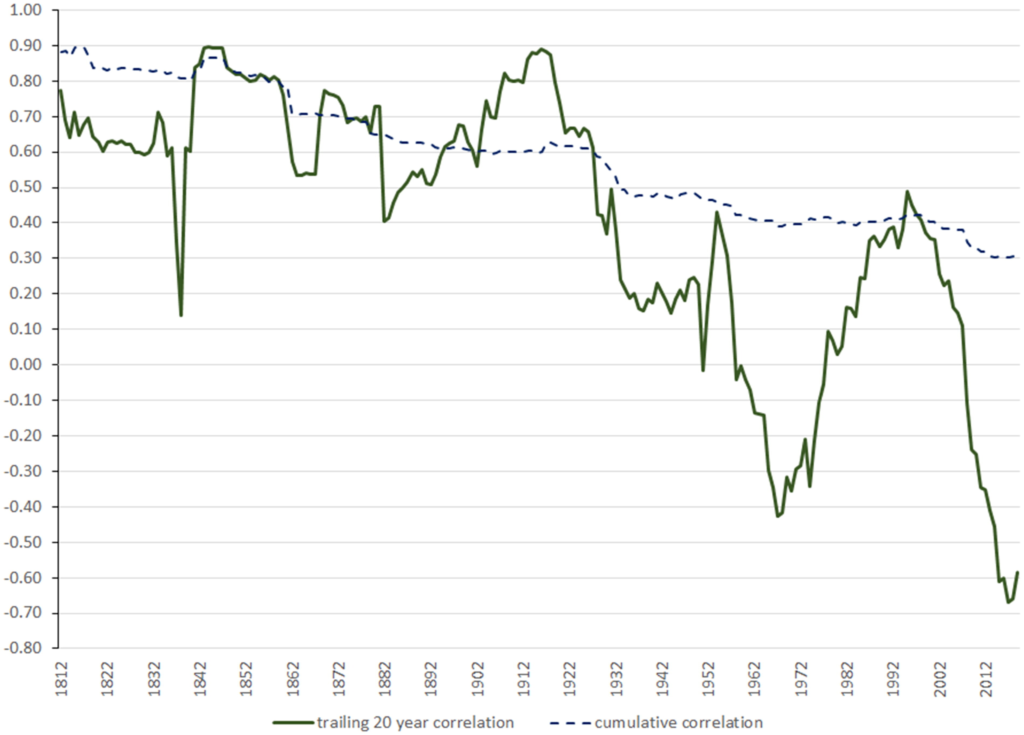Cheap and accurate continuous glucose monitoring is a bit of a holy grail for consumer metabolic health as it allows people to understand how their diet and exercise impact their blood sugar levels, which can vary from person to person.
It’s also a holy grail for diabetes care as making sure blood sugar levels are neither too high nor too low is critical for health (too low and you can pass out or risk seizure or coma; too high and you risk diabetic neuropathy, kidney disease, and cardiovascular problems). For Type I diabetics and severe Type II diabetics, it’s also vital for dosing insulin.
Because insulin dosing needs to be done just right, I was always under the impression that one of two things would happen along the way to producing a cheap continuous glucose monitor, either:
- The FDA would be hesitant to approve a device that wasn’t highly accurate to avoid the risk of a consumer using the reading to mis-dose insulin OR
- The device makers (like Dexcom) would be hesitant to create an accurate enough glucose monitor that it might cannibalize their highly profitable prescription glucose monitoring business
As a result, I was pleasantly surprised that Dexcom’s over-the-counter Stelo continuous glucose monitor was approved by the FDA. It remains to be seen what the price will be and what level of information the Stelo will share with the customer, but I view this as a positive development and (at least for now) tip my hat to both the FDA and Dexcom here.
(Thanks to Erin Brodwin from Axios for sharing the news on X)
Dexcom shared Stelo’s name, and that the device had been submitted to the FDA for review in February. The sensor will be worn on the upper arm and lasts for up to 15 days before it needs to be replaced, according Dexcom.
Jake Leach, chief operating officer at Dexcom, told CNBC in February that Stelo will have a unique platform and branding. The platform will be tailored to the needs of these Type 2 patients, he said, which means it will not include many of the alerts and notifications meant for diabetes patients at risk of experiencing more serious emergencies.
“It’s designed to be a simpler experience,” Leach said in an interview. “There’s a lot of people who could benefit.”

Dexcom’s first-ever over-the-counter glucose monitor patch gets FDA clearance
Ashley Capoot | CNBC




